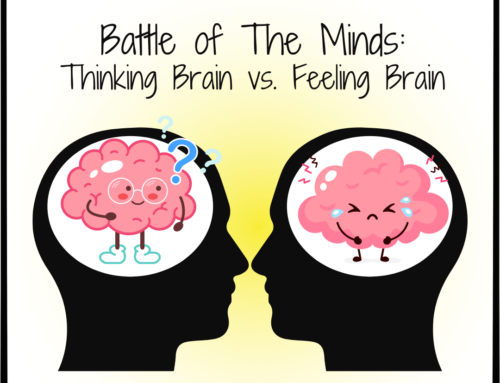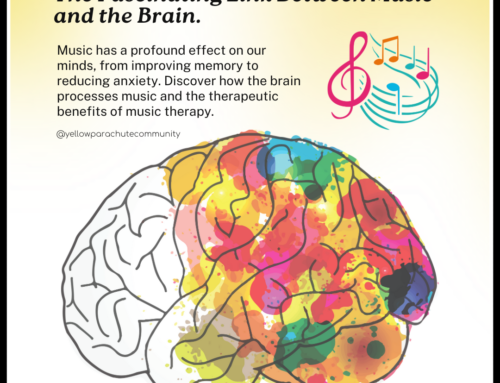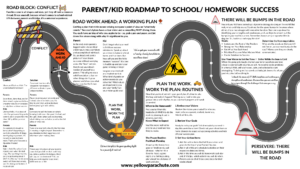- in spite of that; notwithstanding; all the same.
- however.
Funny thing: I instruct my ACT students to choose nevertheless only if they can rule out all 3 other answer choices.
But I recommend always choosing nevertheless when making a decision to stick to a plan. I’m telling you, choosing nevertheless has the potential to be a game-changer.
Why?
I thought you’d never ask. Choosing nevertheless combines self-compassion and grit. It bridges the gap between the current situation and the goal. It acknowledges obstacles but points to perseverance. Choosing nevertheless encourages stepping forward in action. (And hope.)
Check out the following statements using nevertheless:
I thought you’d never ask. Choosing nevertheless combines self-compassion and grit. It bridges the gap between the current situation and the goal. It acknowledges obstacles but points to perseverance. Choosing nevertheless encourages stepping forward in action. (And hope.)
Check out the following statements using nevertheless:
- “I am exhausted and a little cranky. Nevertheless, I will spend 15 minutes reviewing my science notes before bed because I know that I’ll keep learning as I sleep.”
- “I feel like I can’t do one more thing for my kids. Nevertheless, I’ll take a 5 minute break, rest my mind, and help with what they need.”
- “That practice didn’t go at all the way I wanted. Nevertheless, I can learn from my mistakes and try again tomorrow.”
- “I really don’t feel like writing this paper. Nevertheless, I’ll sit down and work on it for 20 minutes, and I know it will help me feel better.”
- “My to-do list is overwhelming. Nevertheless, I will choose the most important item to work on.”
- “I feel frustrated that I can’t learn the way I need to learn in school. Nevertheless, I will ask for help studying for this test. I know I have people who want to help me.”
Do you see the the opportunities opening up? Allelujah! Incredibly simple and backed by brain research, nevertheless acknowledges your current feelings and then helps you look past them to find a way forward: “here’s where I am, and here’s what I can do to get closer to where I want to be. I can do this; my effort is enough.” It breaks you free of frustration’s prison.
Most importantly for the long term, choosing nevertheless actually helps rewire your brain to help you do hard things. Each time you practice making this choice, it becomes easier.
Try this activity, and encourage your family members to join you!
- Choose a realistic goal that will help you feel happier, more productive, or less overwhelmed.
- Write down the steps — keep them simple at 2-4 — to get to your goal.
- Make a daily plan to execute the steps.
- Stick to the plan. This is a promise you’re making to yourself!
- When you don’t feel like it, practice saying, “Nevertheless,” and give yourself a concrete step toward the goal.
Have a story to share about choosing nevertheless? We’d love to hear from you about your success!
I know sometimes you’re tired. Nevertheless, rock on,
Cara







